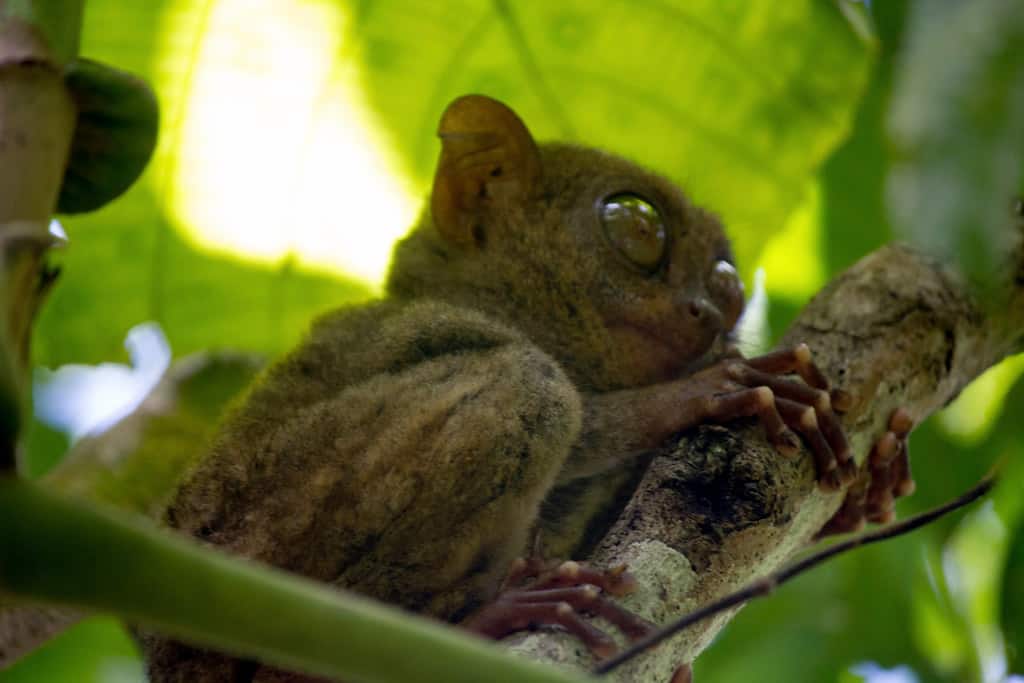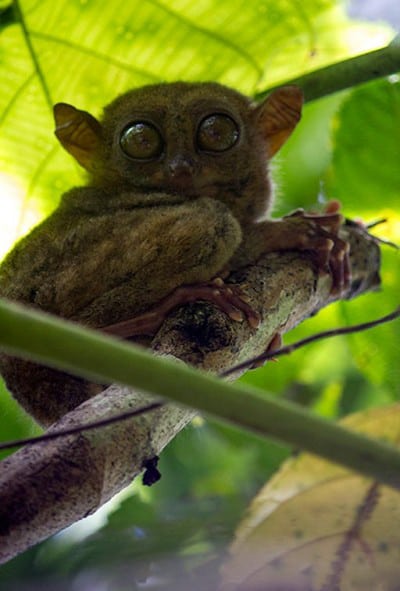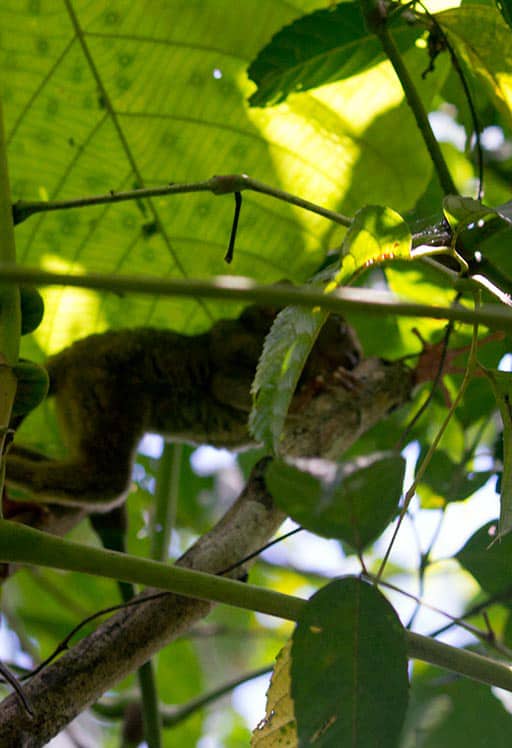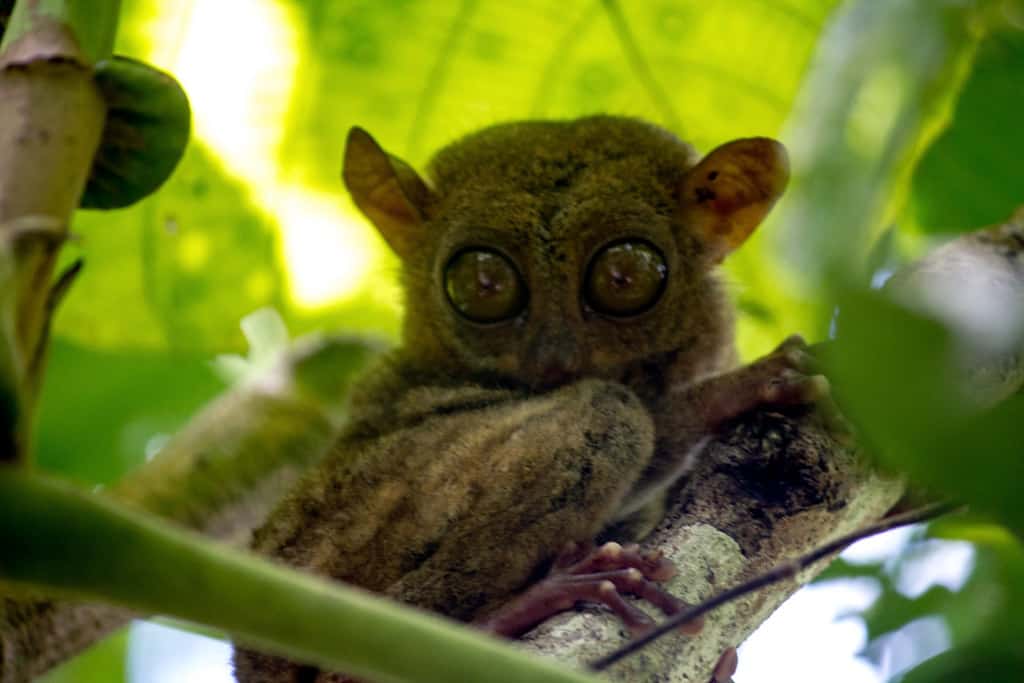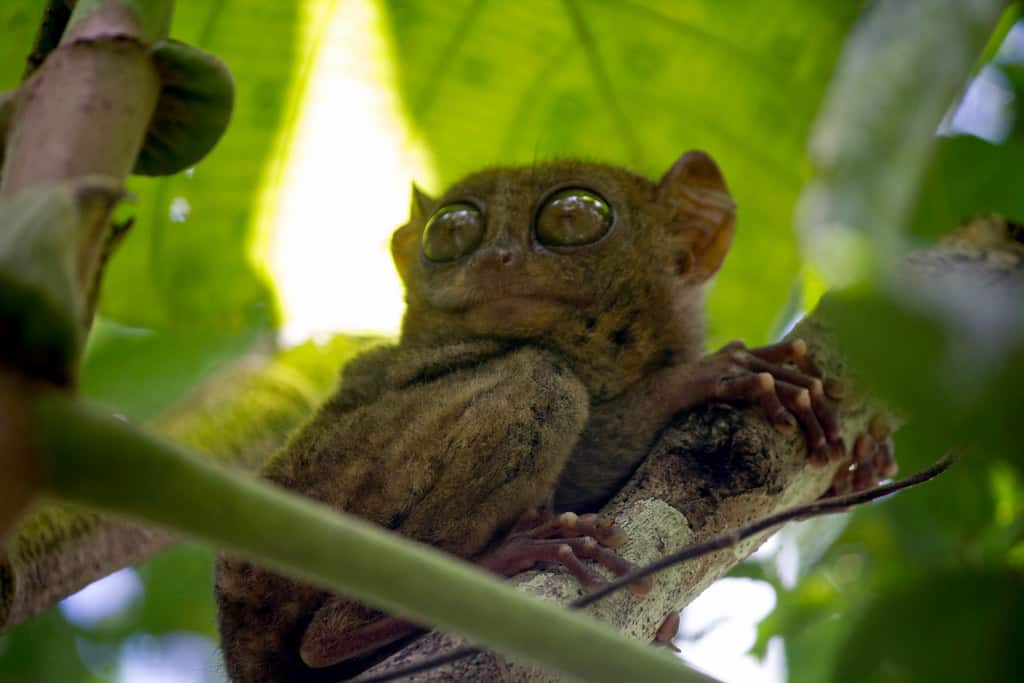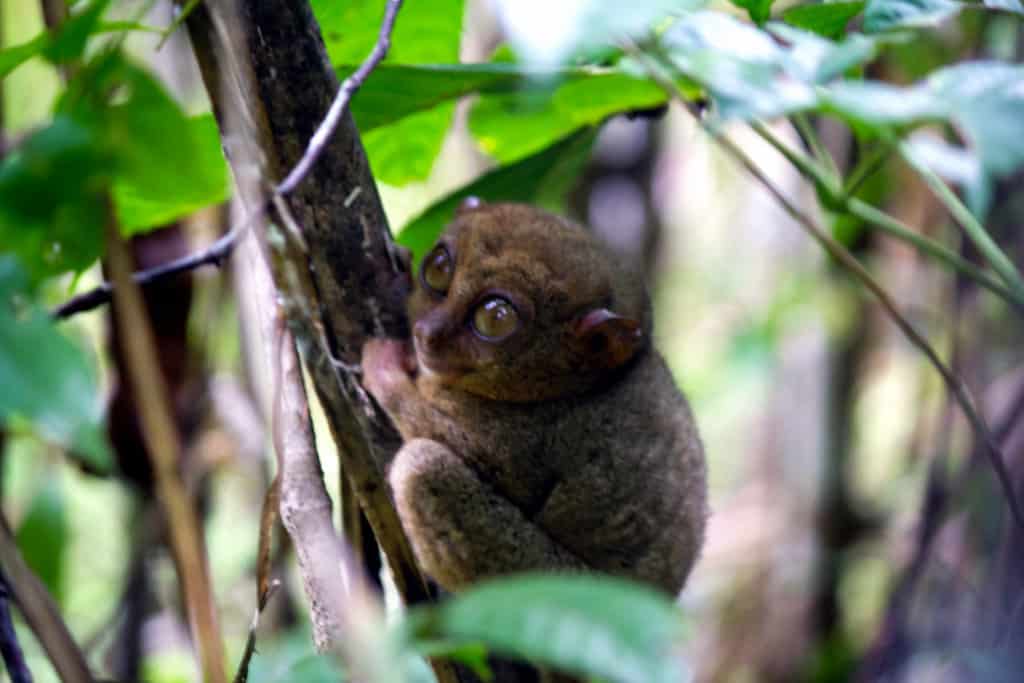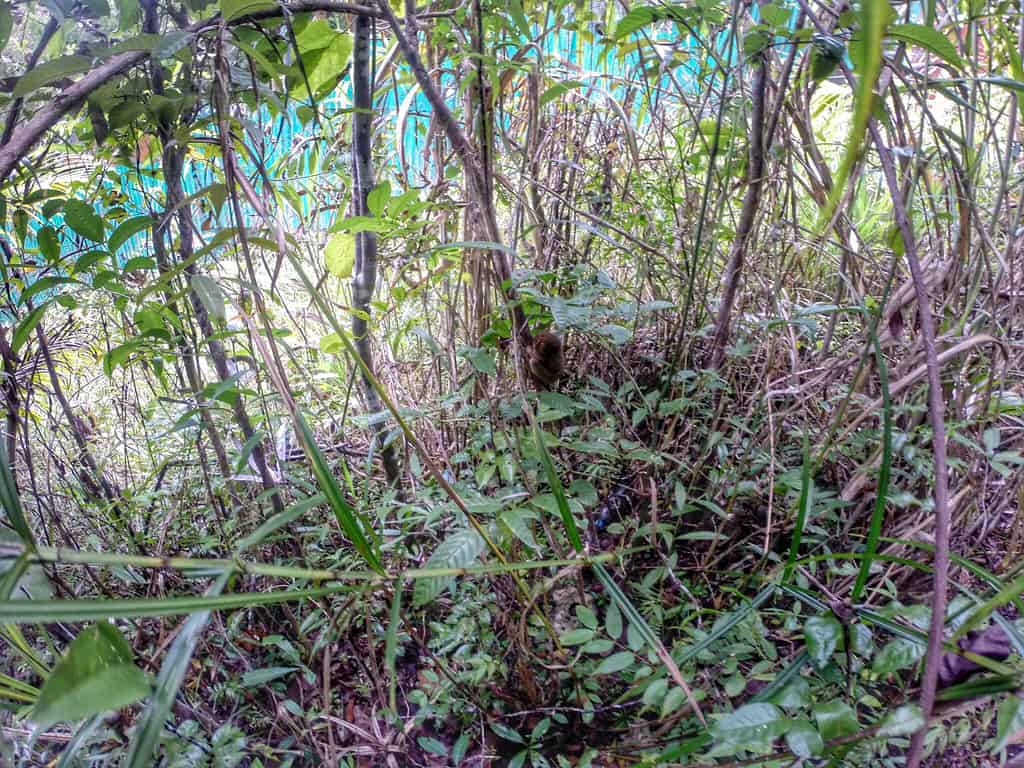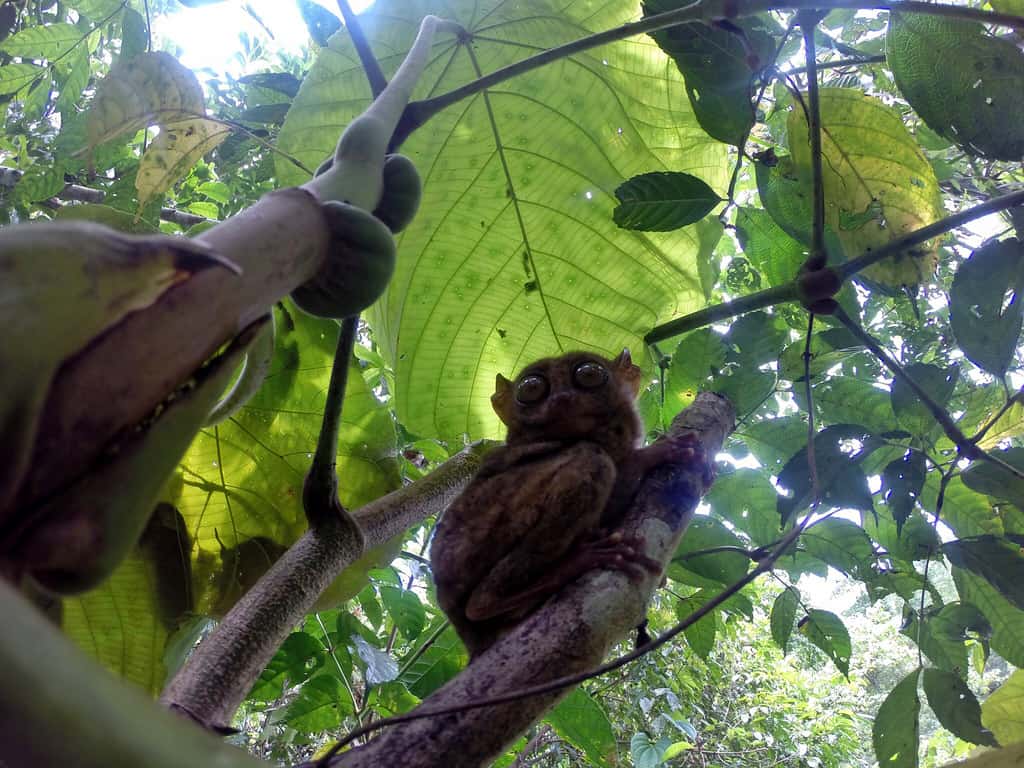Phillippines
THE SUPER CUTE, CUDDLY, KINDA CREEPY TARSIERS OF BOHOL
It’s hard to talk about Bohol without mentioning the Philippine tarsiers. Upon returning from my trip, the number one question I was asked was if I got to see those “tiny, freaky monkey-things”.
I had to reply that while I did see some tarsiers, they actually aren’t monkeys at all. Yes, Filipinos boasted them for the longest time as “the world’s smallest monkey”, but it was discovered that although they are primates, they aren’t similar to monkeys at all.
These creatures are only about the size of a fist, and they look like a mix of monkey, bat and… rodent. Because they are nocturnal they spend most of the day sleeping in the trees, thanks to their long, creepy bulbous fingers that allow them to stick to almost any surface.
The name “tarsier” comes from its long tarsus (ankle) bone, which allows them to stretch their legs to jump over three meters from tree to tree. However, I think their name should have been based off their eyes, which is probably their most striking feature.
The tarsier’s eyes are fixed in its skull, meaning that they cannot move them. To make up for this, the tarsier is able to rotate his neck a full 180 degrees. Their eyes are also disproportionately large, causing it to look like a gremlin, and the size of one eye is larger than its entire brain. It actually has the largest eye-to-body ratio of any animal.
Because of its giant eyes, the tarsier is sensitive to bright lights. In the daytime, its pupil appears as only a thin line, whereas at night the pupil will fill up the entire eye. Creepy, I know.
Even with these weird features, there’s something about the tarsiers that make them look so cute and cuddly. But please don’t cuddle them– don’t even take pictures with them.
Tarsiers are as bizarre in their personalities as they are in their appearance. Because they are rather sensitive animals, they get stressed really easily. Touching them, keeping them in cages, being in loud environments, being exposed to camera flashes, all of these things stress the tiny tarsier. Such stress actually leads the tarsier to commit suicide. Seriously!
When they get stressed, they will continually bash their heads against something until it dies– which doesn’t take long because their skulls are so thin.
This is actually the fate of almost all tarsiers that are put in captivity around Bohol. Places stating they are for “tarsier conservation” keep them in cages and only take them out when a tourist wants to get a photograph with one.
While tarsiers in nature live to be 24 years old, those in captivity usually only live to be about 12 years old. They are already considered threatened, thanks to habitat loss and feral cats (their main predator), so please only visit the tarsiers in the Philippine Tarsier and Wildlife Sanctuary if you go to Bohol.
The field manager at the Philippine Tarsier and Wildlife Sanctuary is Carlito Pizarras, also known as the tarsier man. From a young age, Carlito was taught to hunt and catch tarsiers to be used for pets or taxidermy purposes. Being out in the field daily with these animals, he learned a lot about their habits and was able to find them hiding simply by tracking their scent.
After he noticed the population seemed to be dwindling back in the 1970s, he stopped hunting them and devoted his life to trying to conserve these exotic creatures. He is the only one to have successfully bred tarsiers in captivity, and sent some to zoos in Chicago.
Even though he has only completed high school, his knowledge of the tarsier is unmatched, and as such he has been featured on National Geographic Channel and was presented an award by Reader’s Digest. In 2010 the scientific name of the tarsier was even changed to Carlito syrichta, after Carlio Pizarras.
Today it is Carlito’s job to maintain the inside area of the sanctuary, although sometimes you will find him giving tours as well.
The sanctuary is one hectometer of natural forest, and on any given day it is likely that you’ll spot a few tarsiers, although they can come and go freely. There is a pathway that winds through the space and while you’re hiking through you just need to keep your eyes peeled. Of course your guide will help you and likely knows where you can find some. You are not allowed to enter without a guide and proper briefing.
During our visit we were lucky to spot three tarsiers, who albeit looked sleepy, but were actually awake mid-day!
As cute as they are, I really wanted to hold one and take a photograph with one, but after being educated on the consequences I quickly changed my mind. So hopefully reading this has helped to inform you so that if you’re ever in Bohol you’ll remember to head to the sanctuary, as there’s only one.
Would you like to see tarsiers?
A huge thank you to the Philippines Department of Tourism and Bluewater Maribago Beach Resort for hosting our stay in this wonderful country. As always, all opinions and first impressions are entirely our own.

